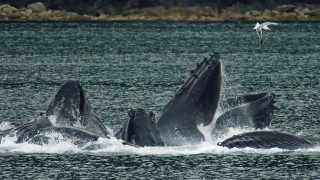
MI weekly selection #594
Rapid crevasse growth on Greenland Ice Sheet Research shows that crevasses on Greenland’s Ice Sheet are growing at an alarming rate, potentially accelerating ice loss and sea level rise. The study, which used advanced digital elevation models to document crevasse volume changes from 2016 to 2021, underscores the need for continued monitoring to refine predictions […]








